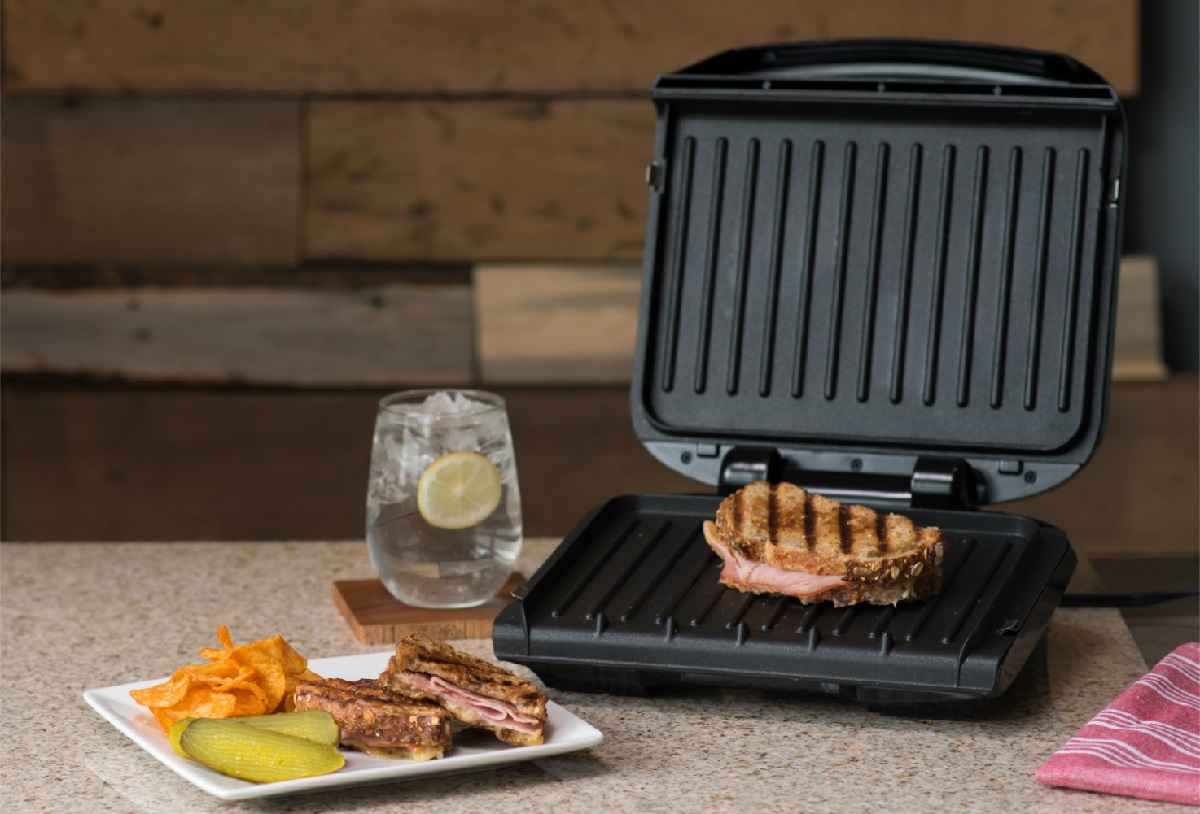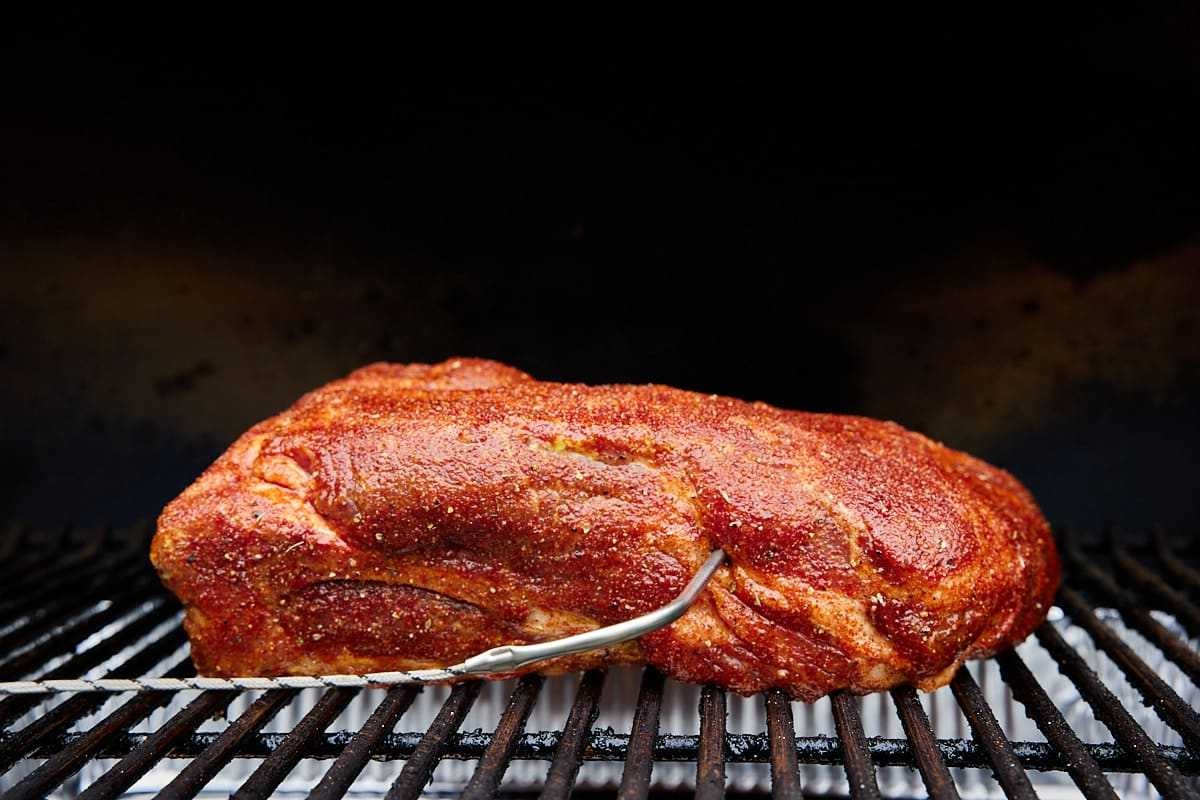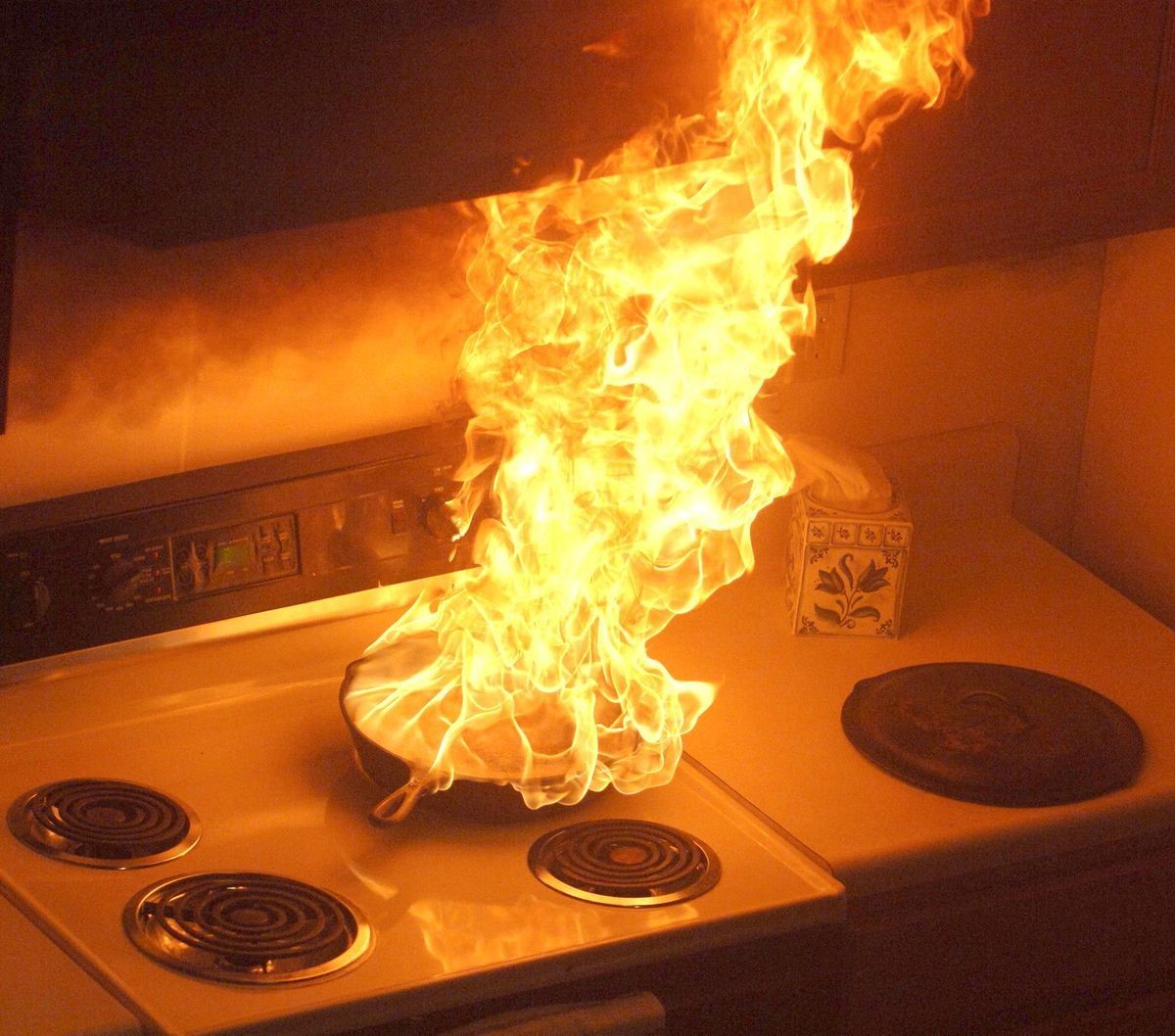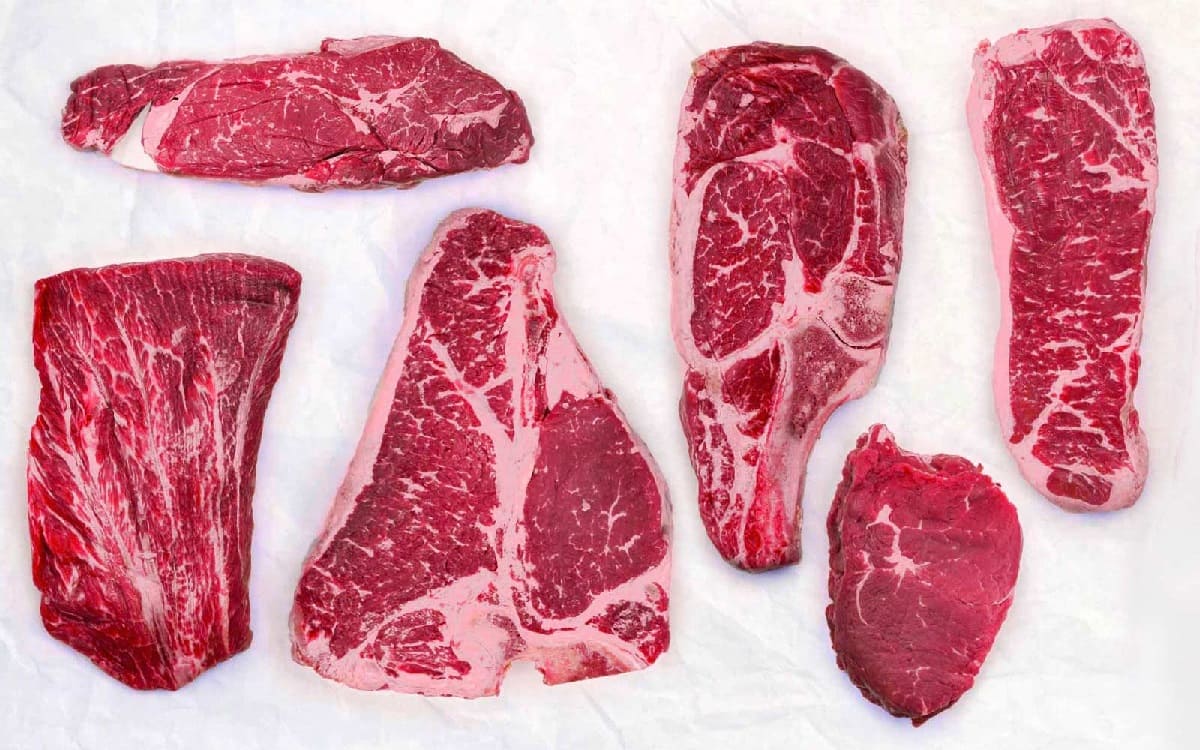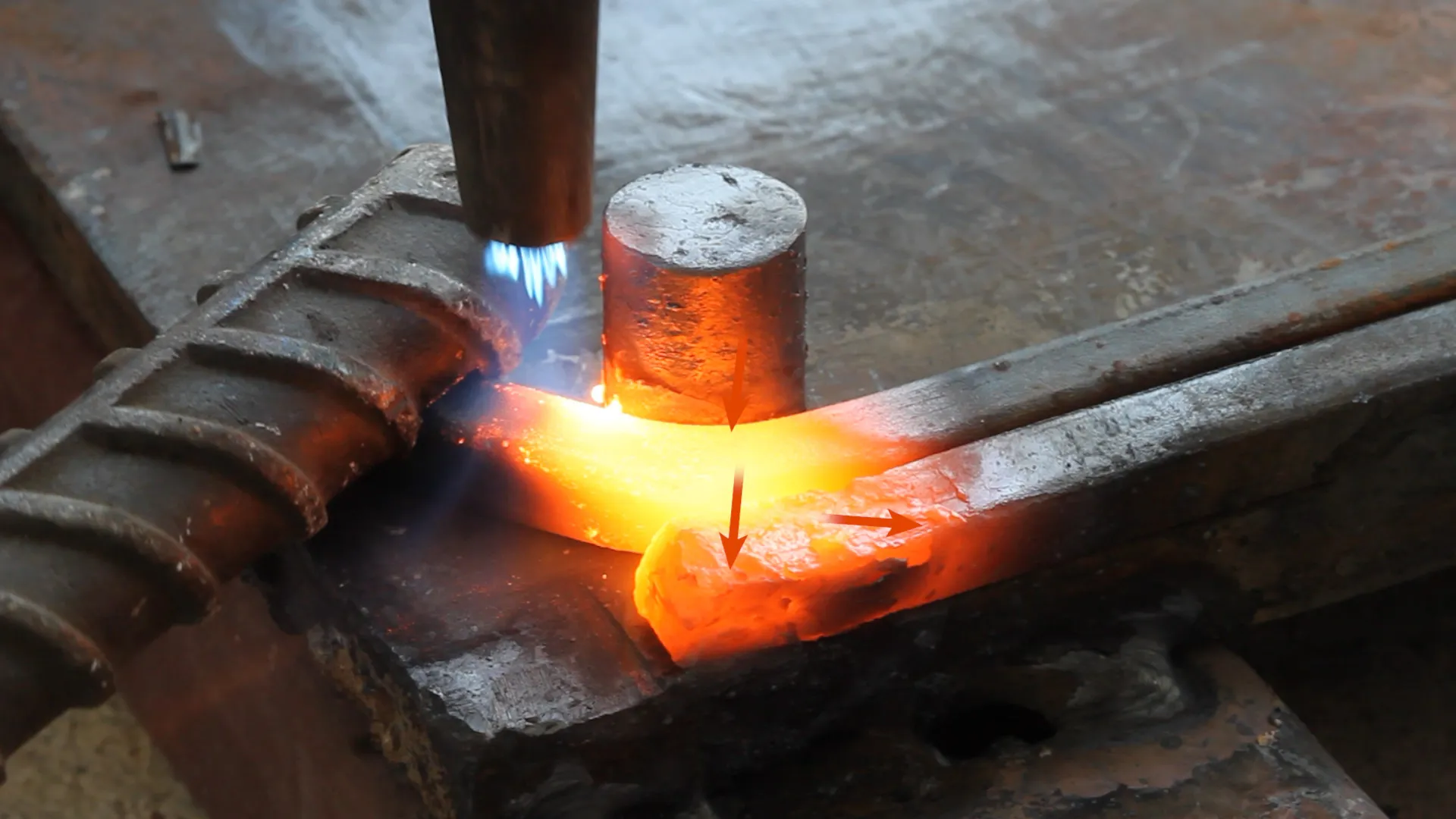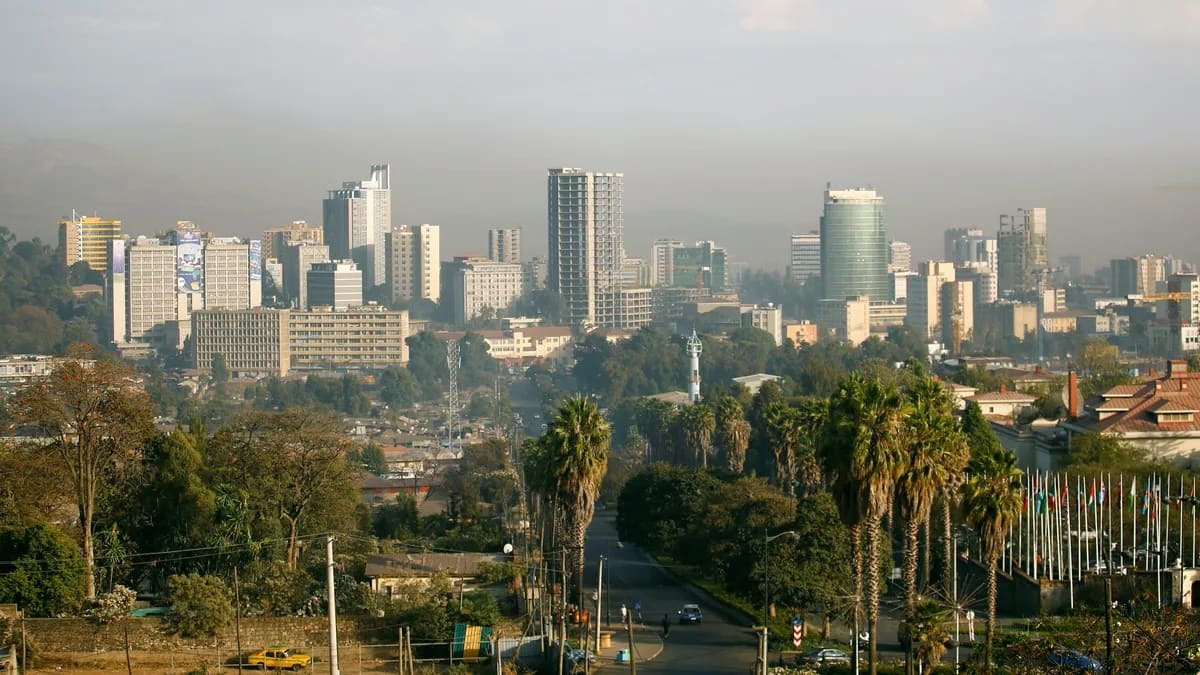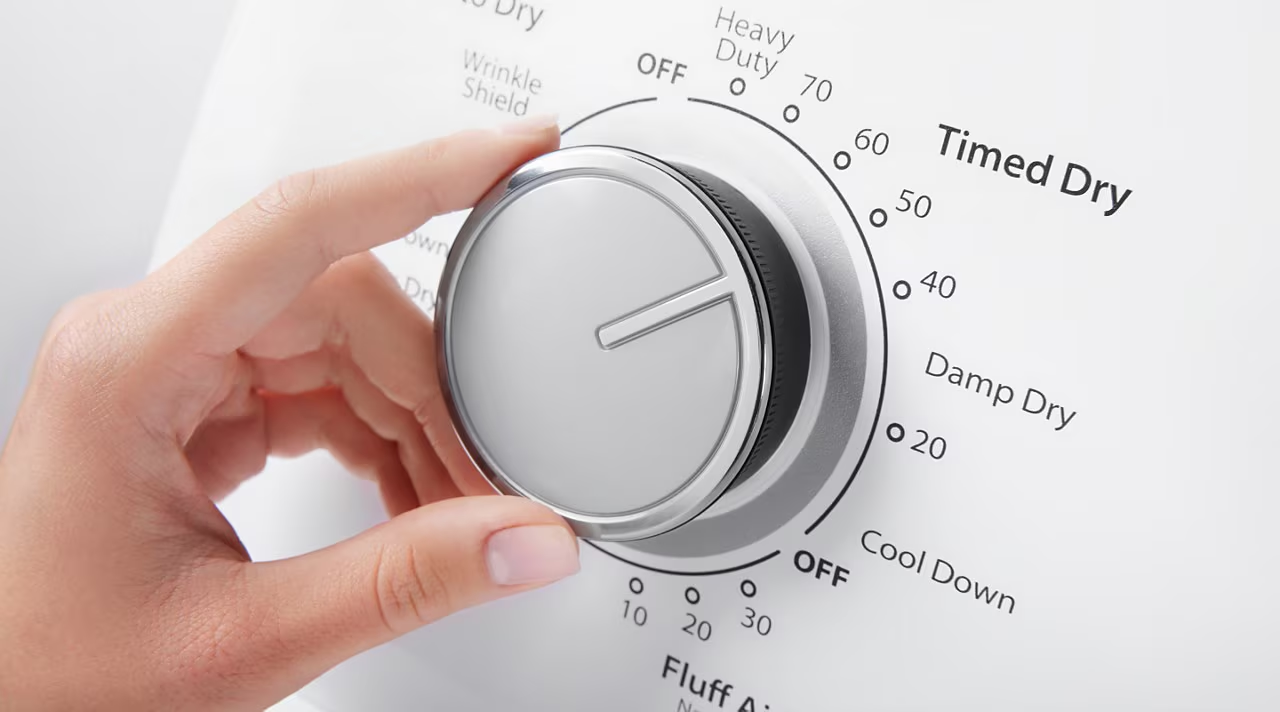Home>Culinary & Beverages>Cooking Time Difference Between 350 And 375 Degrees
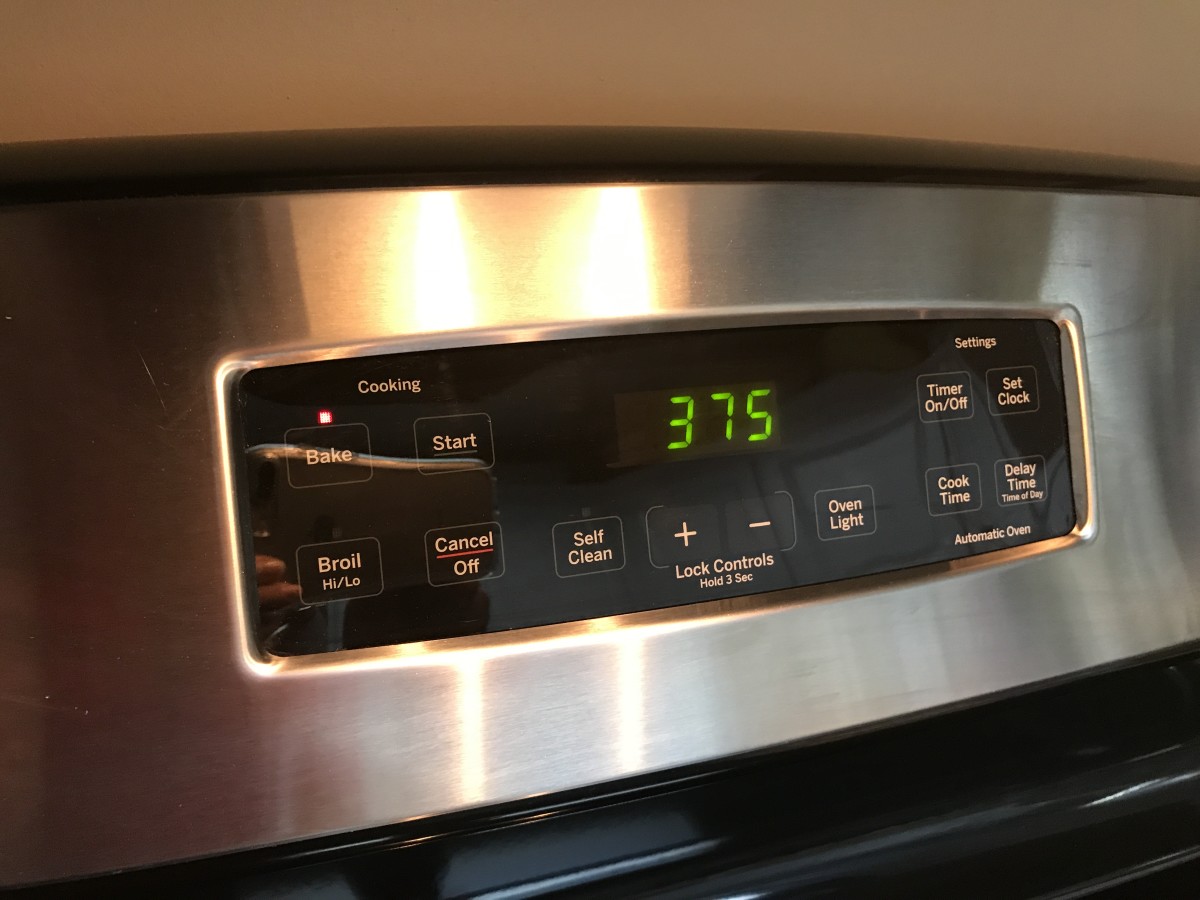

Culinary & Beverages
Cooking Time Difference Between 350 And 375 Degrees
Published: February 21, 2024
Learn the cooking time difference between 350 and 375 degrees to perfect your culinary skills. Explore the impact on your favorite beverages. Unlock the secrets of precise temperature control.
(Many of the links in this article redirect to a specific reviewed product. Your purchase of these products through affiliate links helps to generate commission for Temperatures.com, at no extra cost. Learn more)
Table of Contents
Understanding the Impact of Temperature on Cooking Time
The temperature at which you cook your food plays a crucial role in determining the overall cooking time and the final outcome of your culinary creation. Whether you're baking a cake, roasting vegetables, or grilling a steak, understanding the impact of temperature on cooking time is essential for achieving the perfect results.
When it comes to baking, the temperature setting significantly influences the texture, flavor, and appearance of the finished product. For instance, a lower temperature of 350 degrees Fahrenheit is often associated with gentle and even cooking. This allows the ingredients to slowly transform, resulting in a moist and tender texture. On the other hand, a higher temperature of 375 degrees Fahrenheit can lead to quicker browning and caramelization, which can impart a distinct flavor and texture to the dish.
In the realm of roasting and grilling, the temperature at which you cook your ingredients directly affects the Maillard reaction, a chemical process that creates the desirable golden-brown crust and rich flavor. At 350 degrees Fahrenheit, the Maillard reaction occurs more gradually, giving the food ample time to develop complex flavors while retaining moisture. In contrast, cooking at 375 degrees Fahrenheit accelerates the Maillard reaction, leading to a more pronounced sear and intensified flavors.
Understanding the impact of temperature on cooking time empowers you to make informed decisions when following recipes or improvising in the kitchen. By recognizing the nuances associated with different temperature settings, you can adapt your cooking techniques to achieve the desired results, whether it's a tender roast, a perfectly risen cake, or a beautifully seared steak.
The Effects of Cooking at 350 Degrees
Cooking at 350 degrees Fahrenheit is often associated with gentle and even cooking, particularly in baking. This temperature setting allows for a slower transformation of ingredients, resulting in a moist and tender texture in various dishes. When baking at 350 degrees, the gradual heat facilitates the development of flavors while ensuring that the interior of the dish is thoroughly cooked.
Baking at 350 Degrees
In baking, 350 degrees Fahrenheit is a standard temperature for a wide range of recipes, including cakes, cookies, and casseroles. At this moderate heat, the ingredients have sufficient time to meld together, creating a harmonious blend of flavors. The gentle heat also promotes even rising, resulting in a well-structured and evenly textured final product. Whether it's a decadent chocolate cake or a batch of chewy chocolate chip cookies, the 350-degree setting allows the batter or dough to rise and set gradually, leading to a desirable crumb and moist interior.
Roasting and Braising
When it comes to roasting meats or braising vegetables, cooking at 350 degrees Fahrenheit offers a similar advantage. The lower temperature allows the natural juices to infuse the ingredients, resulting in succulent and tender dishes. Whether you're roasting a whole chicken, braising short ribs, or caramelizing root vegetables, the gentle heat at 350 degrees ensures that the proteins and fibers break down slowly, yielding a melt-in-your-mouth texture and rich, developed flavors.
Overall Impact
In summary, cooking at 350 degrees Fahrenheit provides a conducive environment for the gradual transformation of ingredients, allowing flavors to meld and textures to develop harmoniously. Whether you're baking delicate pastries, roasting hearty meats, or braising robust vegetables, the moderate heat at 350 degrees sets the stage for a culinary masterpiece, ensuring that your dishes emerge with a tender, moist, and flavorful outcome.
The Effects of Cooking at 375 Degrees
Cooking at 375 degrees Fahrenheit introduces a higher level of heat that significantly impacts the cooking process, particularly in baking and roasting. This elevated temperature setting accelerates the chemical reactions within the ingredients, leading to distinct changes in texture, flavor, and appearance.
Baking at 375 Degrees
When it comes to baking, 375 degrees Fahrenheit promotes quicker browning and caramelization. This heightened heat expedites the Maillard reaction, resulting in a more pronounced golden-brown crust and a deeper, complex flavor profile. Baked goods such as cookies and pastries develop a delightful crispness on the exterior while maintaining a soft and tender interior. The rapid heat also contributes to a more efficient rise, leading to a well-structured and evenly textured final product.
Roasting and Grilling
In the realm of roasting and grilling, cooking at 375 degrees Fahrenheit accelerates the Maillard reaction, leading to a more pronounced sear and intensified flavors. Meats roasted at this temperature develop a beautifully caramelized exterior, locking in the juices and creating a succulent, flavorful result. Vegetables roasted at 375 degrees undergo rapid caramelization, enhancing their natural sweetness and creating a delightful charred exterior with a tender, yet slightly crisp texture.
Overall Impact
In summary, cooking at 375 degrees Fahrenheit expedites the cooking process, resulting in quicker browning, enhanced caramelization, and intensified flavors. Whether you're baking pastries, roasting meats, or grilling vegetables, the higher heat at 375 degrees imparts a distinct character to the dishes, creating a delightful contrast of textures and a rich, complex flavor profile.
This higher temperature setting offers a valuable tool for achieving specific culinary outcomes, allowing for the creation of dishes with a beautifully caramelized exterior, intensified flavors, and a delightful contrast of textures. Whether you're aiming for a perfectly seared steak, a golden-brown batch of cookies, or a deeply flavorful roasted vegetable medley, cooking at 375 degrees Fahrenheit provides a pathway to culinary excellence.
Factors to Consider When Adjusting Cooking Time
When adjusting cooking time based on different temperature settings, several crucial factors come into play to ensure that your culinary creations achieve the desired results. Understanding these factors empowers you to make informed decisions and adapt your cooking techniques effectively.
Type of Dish
The type of dish being prepared is a fundamental consideration when adjusting cooking time. For example, delicate pastries and cakes require a gentle and even heat to rise and set properly, while robust meats benefit from higher temperatures to develop a flavorful crust. Understanding the specific requirements of each dish allows you to tailor the cooking time to achieve optimal results.
Ingredient Composition
The composition of the ingredients directly influences the cooking time and temperature adjustments. Foods with higher moisture content, such as certain fruits and vegetables, may require longer cooking times at lower temperatures to allow for evaporation and caramelization. Conversely, lean cuts of meat or dishes with a higher sugar content may benefit from shorter cooking times at higher temperatures to promote browning and flavor development.
Desired Texture and Flavor
Consider the desired texture and flavor profile of the dish when adjusting cooking time. Lower temperatures often result in a more tender and moist outcome, ideal for dishes that require gentle cooking to retain their natural juiciness. On the other hand, higher temperatures can create a desirable caramelization and intensified flavor, particularly in roasted or grilled dishes. Understanding the impact of temperature on texture and flavor empowers you to tailor the cooking time to achieve the desired culinary experience.
Read more: Cooking Times And Temperatures For Whole Pig
Size and Thickness of Ingredients
The size and thickness of the ingredients play a crucial role in determining the appropriate cooking time and temperature. Thicker cuts of meat or larger portions may require longer cooking times at lower temperatures to ensure thorough cooking without excessive browning. Conversely, smaller or thinner ingredients may benefit from higher temperatures for a shorter duration to achieve a desirable sear or crisp exterior while maintaining a tender interior.
Oven Performance
Understanding the performance of your oven is essential when adjusting cooking time. Variations in oven calibration and heat distribution can impact the cooking process. It's important to monitor the cooking progress and make adjustments as needed to account for any discrepancies in temperature and ensure consistent results.
By considering these factors when adjusting cooking time based on different temperature settings, you can effectively tailor your culinary approach to achieve exceptional results across a diverse range of dishes and cooking techniques.
Tips for Achieving Perfect Results at Different Temperatures
Achieving perfect results at different cooking temperatures requires a nuanced approach that takes into account the unique characteristics of each dish and the specific impact of temperature on the cooking process. Whether you're baking, roasting, or grilling, the following tips will empower you to navigate the culinary landscape with confidence and precision.
1. Understand the Characteristics of Your Dish
Before embarking on your culinary journey, take the time to understand the characteristics of the dish you're preparing. Delicate pastries and cakes may thrive at lower temperatures, allowing for gentle and even cooking, while robust meats and vegetables may benefit from higher temperatures to develop a flavorful crust and intense caramelization. By recognizing the unique requirements of each dish, you can tailor your approach to achieve optimal results.
2. Monitor Cooking Progress
Regardless of the chosen temperature, diligent monitoring of the cooking progress is essential. Keep a close eye on the color, texture, and aroma of your dish as it cooks. This attentive approach allows you to make real-time adjustments to the cooking time and temperature, ensuring that the final result aligns with your culinary vision.
3. Use an Oven Thermometer
To ensure accuracy and consistency in your cooking, consider using an oven thermometer. Ovens can vary in their calibration and heat distribution, potentially impacting the cooking process. An oven thermometer provides valuable insight into the actual temperature within your oven, allowing you to make precise adjustments and achieve reliable results.
4. Adapt Cooking Times Based on Ingredient Composition
The composition of your ingredients plays a pivotal role in determining the ideal cooking time and temperature. Ingredients with higher moisture content may require longer cooking times at lower temperatures to allow for evaporation and caramelization, while lean cuts of meat or dishes with a higher sugar content may benefit from shorter cooking times at higher temperatures to promote browning and flavor development.
5. Experiment and Take Notes
Embrace experimentation as a means of refining your culinary skills. Take note of the cooking times and temperatures used for different dishes, along with the resulting texture and flavor. This practice allows you to build a repertoire of successful cooking techniques tailored to specific temperature settings, ultimately enhancing your ability to achieve perfect results consistently.
6. Embrace the Art of Adaptation
Flexibility is key when navigating the nuances of cooking at different temperatures. Embrace the art of adaptation, allowing the unique characteristics of each dish to guide your approach. By remaining open to adjustments and refinements based on the specific requirements of the ingredients and desired culinary outcome, you can elevate your cooking to new heights.
By incorporating these tips into your culinary endeavors, you'll be well-equipped to achieve perfect results at different temperatures, unlocking a world of diverse flavors, textures, and culinary experiences.
